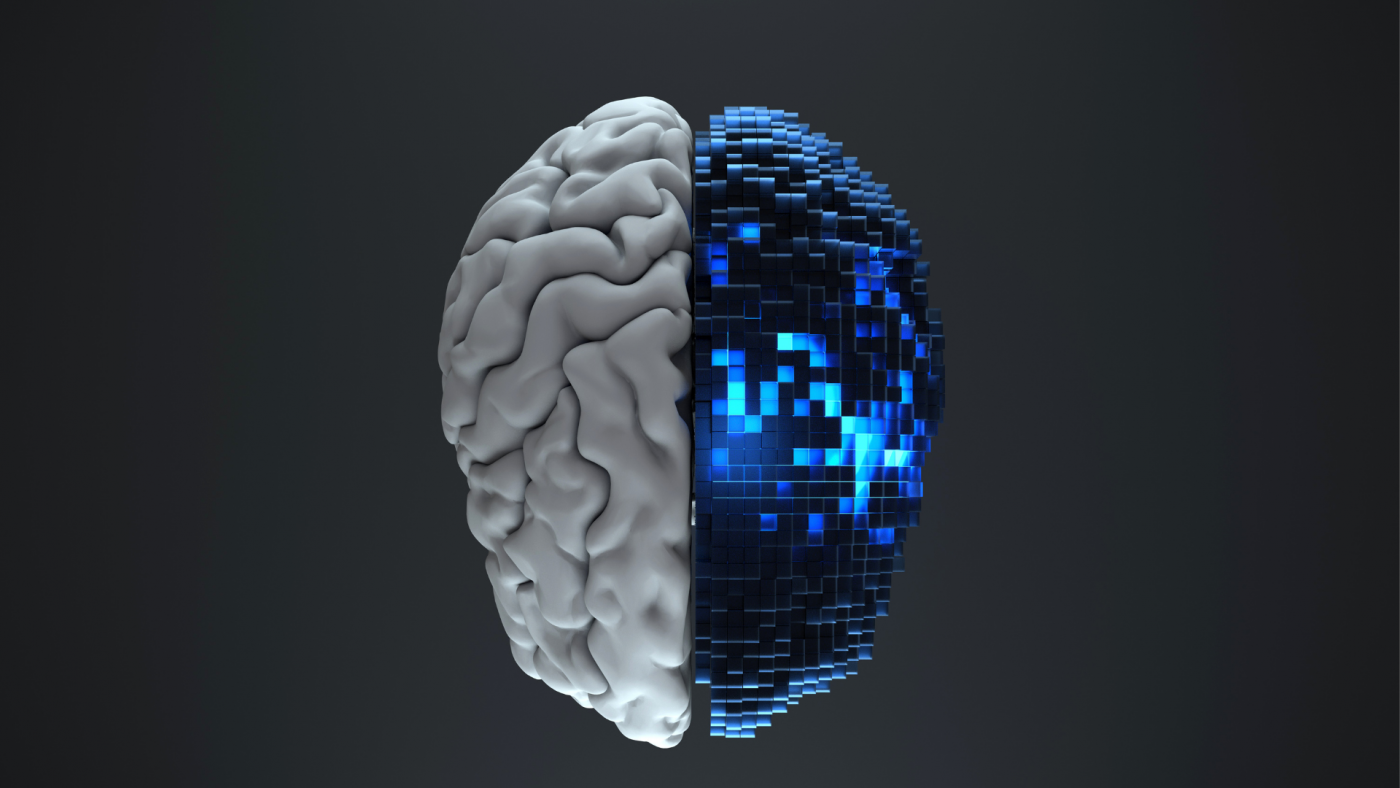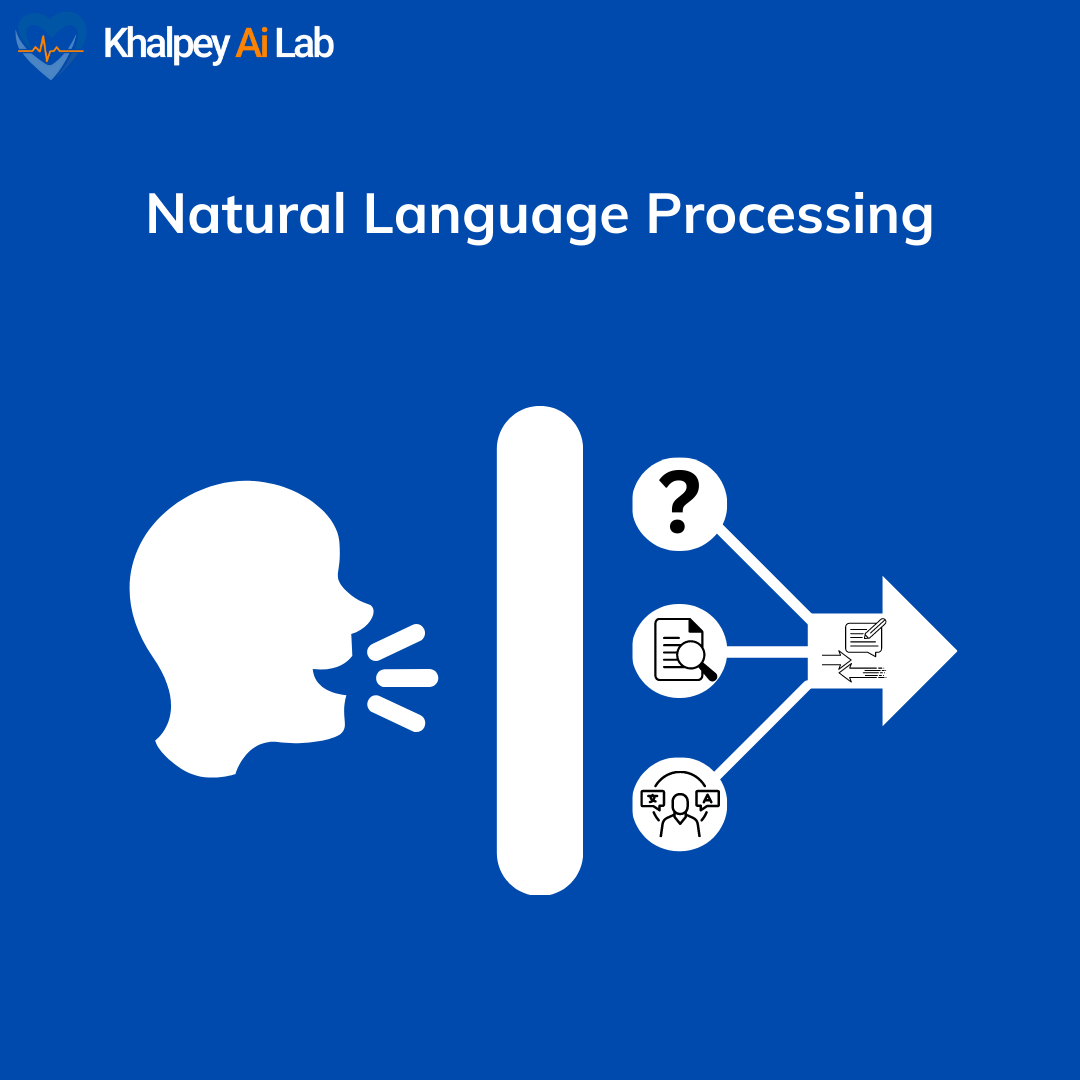Artificial Intelligence and Machine Learning Explained

Authors: Brynne Rozell BS, Parker Wilson, BS, Zain Khalpey, MD, PhD, FACS
Artificial Intelligence has quickly become one of the most talked-about technologies of our time, and for good reason. Artificial intelligence (AI) is a form of computer science that focuses on creating intelligent machines that can think, learn, and make decisions like humans. AI is used in a variety of applications, from self-driving cars to voice recognition systems. It’s also playing an increasingly important role in healthcare, finance, and other industries. At its core, artificial intelligence is the ability of computers, robots, and other machines to think and learn from their environment through data processing.
AI systems use algorithms to process large amounts of data and identify patterns and trends. By doing so, AI systems can make informed decisions and complete basic tasks autonomously much faster than a human could. For instance, a data set could be analyzed for heart rate variability (HRV) to anticipate arrhythmias. If enough data is given to be analyzed and enough arrhythmias are seen, an algorithm can be created to predict arrhythmia given specific data. One of the most important applications of AI technology is machine learning. This form of AI enables the programming to learn from data and recognize patterns when given specific parameters to follow. This results in a program that can learn and improve over time, becoming more efficient and accurate than ever before.
AI can also be used to automate mundane tasks. AI-powered robots can be programmed to perform repetitive tasks, freeing up humans to focus on higher-value activities. This has the potential to drastically improve efficiency in many industries, especially healthcare. AI-powered chatbots can even be integrated into hospital electronic medical records (EMRs) with personalized advice and recommendations, while AI-powered assistants can help doctors find information quickly and easily.
As AI technology continues to evolve, it will become an increasingly important part of our lives. AI has the potential to revolutionize how we live, work, and play, and its applications are limited by the data used to develop them. But with the development of a technology like AI, there comes brand-new terminology and concepts to comprehend. Let’s walk through some of the basic concepts of artificial intelligence.
Machine Learning Explained
Machine learning is one of the most powerful tools in the modern technological arsenal. Machine learning is a branch of artificial intelligence that enables computers to learn from past experiences, data, and interactions in order to make more accurate predictions and decisions. At its core, machine learning is the ability of computers to learn from data. By feeding data into a computer system, it can learn patterns and relationships within the data. This data can be used to make predictions and decisions. For example, machine learning algorithms can be used to identify objects in images or to make recommendations based on user preferences. And the more images and data they review, the more precise the ML algorithms become. Categories of machine learning are supervised, unsupervised and reinforced. Algorithms created within these categories include linear regression, logistic regression, random forrest, decision tree, K-nearest neighbor and others. These algorithms are very similar to many mathematical algorithms we currently use to analyze large data sets and find trends. AI is simply making these things easier and faster.
Neural Processing Networks Explained
Neural networks are a subtype of machine learning within deep learning that is inspired by the structure and function of the human brain. They are composed of multiple decision-making “layers” that are connected together by “channels”. Each layer contains neurons that are responsible for processing the data. The neurons are connected to other neurons in the same layer, as well as in other layers. Each neuron has a specific function in interpretation of data and can only pass along information if it is “activated”. Dozens if not thousands of neurons stitched together in a neural network can evaluate data with just as many different functions, allowing for the processing of complex data. Neural networks are particularly powerful for tasks such as image recognition, natural language processing, and decision making. By training the network on a large dataset, it can identify patterns and relationships in the data that would otherwise take a longer period of time to identify. The depth and complexity of the neural network allow it to make predictions and decisions with a high degree of accuracy, when developed properly. Deep learning is another subset that is based on a collection of algorithms designed to recognize patterns. Deep learning algorithms use multiple layers of neurons to process data and make decisions. By using multiple layers, the algorithms are able to learn from the data more deeply and accurately.

Natural Language Processing Explained
Natural language processing (NLP) is a branch of artificial intelligence that deals with the interaction between computers and humans using natural language. It includes the ability of computers to interpret human language and respond in a meaningful way. NLP enables computers to understand and interpret the natural language input, so that they can process and analyze it to produce meaningful insights. NLP algorithms are used to analyze and process text, audio, and other natural language data to extract meaningful information and insights. The applications of NLP include voice recognition, sentiment analysis, machine translation, question answering, and text summarization.

Decision Trees Explained
Decision trees are a type of supervised learning algorithm used for classification and regression problems. It works by creating a model that predicts the value of a target variable by learning simple decision rules inferred from the data features. Decision trees are widely used because they are easy to interpret, handle categorical data, require little data preparation, and are able to handle multiple output values. A decision tree can be used to determine whether or not to grant a loan. The decision tree may ask questions such as, “What is the applicant’s credit score?”, “How much money does the applicant have in the bank?”, and “Does the applicant have a steady source of income?” Depending on the answers to these questions, a decision can be made to either grant or deny the loan.

Random Forests Explained
Random Forest algorithms are a type of ensemble learning method, where a group of weak models are combined to create a powerful model. Random forest algorithms create decision trees on randomly selected data samples, then combine them to provide a more accurate and stable prediction. This process is repeated for all the trees in the forest, which helps to reduce the variance and make the predictions more accurate. Random forest algorithms are an effective way to reduce overfitting and improve accuracy, since the training data is randomly split into different decision trees, which prevents trees from overfitting a particular training set. In addition, random forest algorithms are easy to use and do not require a lot of parameter tuning.
Random Forest algorithms are powerful supervised learning algorithms used for both classification and regression. Classification models are used to predict a categorical outcome. The model learns the relationships between a set of independent variables and a dependent variable, which is assigned to one of a set of predefined categories. For example, a classification model might be used to predict whether a customer will purchase a product, or what type of customer they are. Regression models are used to predict a continuous outcome. The model learns the relationship between a set of independent variables and a dependent variable, which is a continuous numerical value. For example, a regression model might be used to predict the price of a house or the amount of a customer’s purchase.

Edge Computing Explained
Edge computing is a distributed computing paradigm that brings computation and data storage closer to the location where it is needed, to improve response times and save bandwidth. AI edge computing refers to the deployment of artificial intelligence (AI) models, algorithms, and applications to the edge of a network, such as gateways, routers, and end-user devices like phones, tablets, and wearables. This enables data to be processed and analyzed closer to the source, rather than having to be sent back to the cloud for processing. This approach can help reduce latency, conserve bandwidth, and improve the performance of AI applications.

How AI Can Revolutionize Healthcare
Utilizing all of these technologies and more, AI is a powerful tool that can be implemented into the healthcare system in a variety of ways. AI can be used to streamline administrative tasks, such as billing and scheduling, as well as to interpret medical images, diagnose illnesses and provide personalized treatment plans. These tools can also be used to track patient health data, monitor vital signs, provide virtual medical support and provide virtual healthcare services. Additionally, AI can help analyze medical records and research to identify trends and suggest potential treatments or solutions, as well as augment novel drug discoveries.
There are countless ways that AI is already improving the current state of healthcare and we believe that it will only continue to become more prevalent. Therefore, understanding how artificial intelligence and machine learning work will undoubtedly help physicians to work more effectively in the coming years. We here at Khalpey AI Lab believe that AI is here to stay and if we train ourselves to use these tools correctly, we will become better clinicians for our patients.
References:
Yu KH, Beam AL, Kohane IS. Artificial intelligence in healthcare. Nat Biomed Eng. 2018;2(10):719-731. doi:10.1038/s41551-018-0305-z
Chen M, Decary M. Artificial intelligence in healthcare: An essential guide for health leaders. Healthc Manage Forum. 2020;33(1):10-18. doi:10.1177/0840470419873123
Amann J, Blasimme A, Vayena E, Frey D, Madai VI; Precise4Q consortium. Explainability for artificial intelligence in healthcare: a multidisciplinary perspective. BMC Med Inform Decis Mak. 2020;20(1):310. Published 2020 Nov 30. doi:10.1186/s12911-020-01332-6
Noorbakhsh-Sabet N, Zand R, Zhang Y, Abedi V. Artificial Intelligence Transforms the Future of Health Care. Am J Med. 2019;132(7):795-801. doi:10.1016/j.amjmed.2019.01.017



